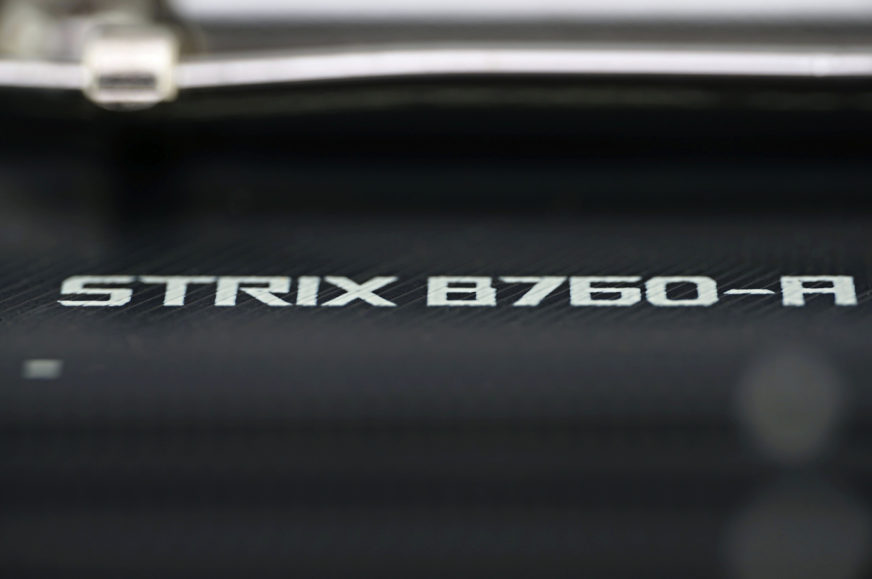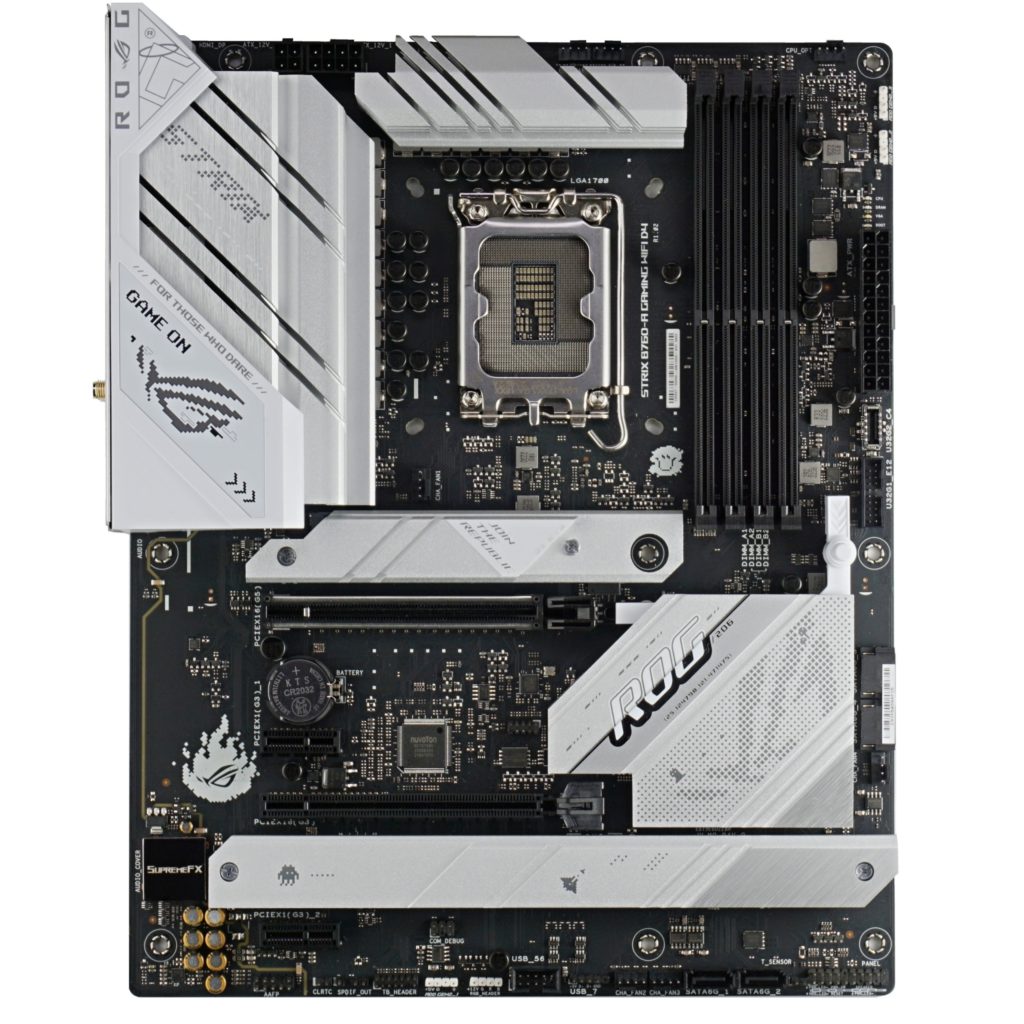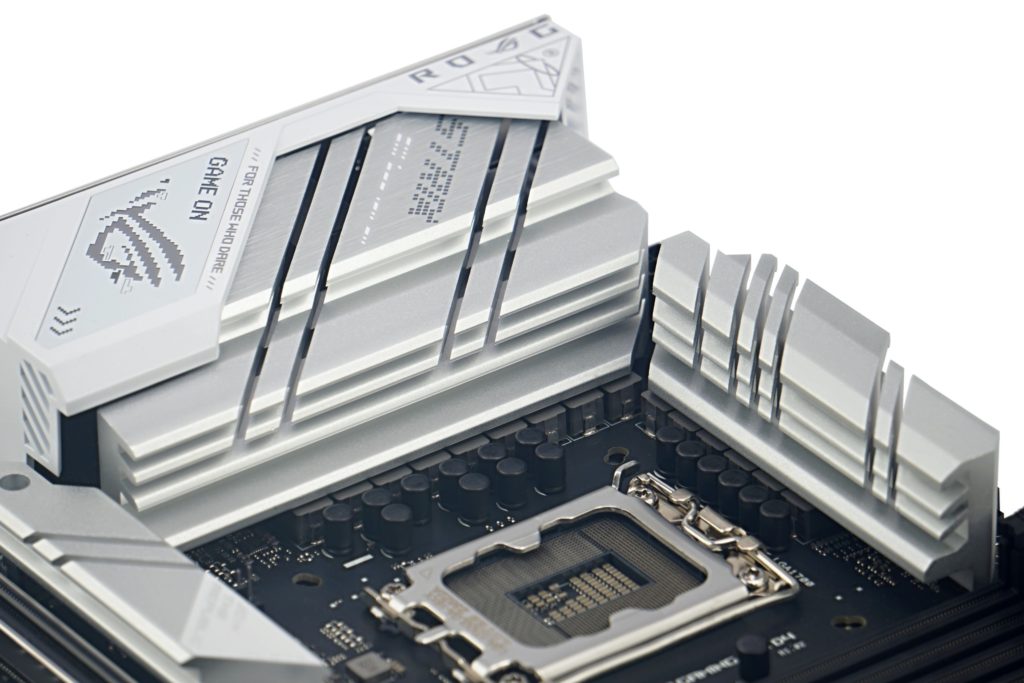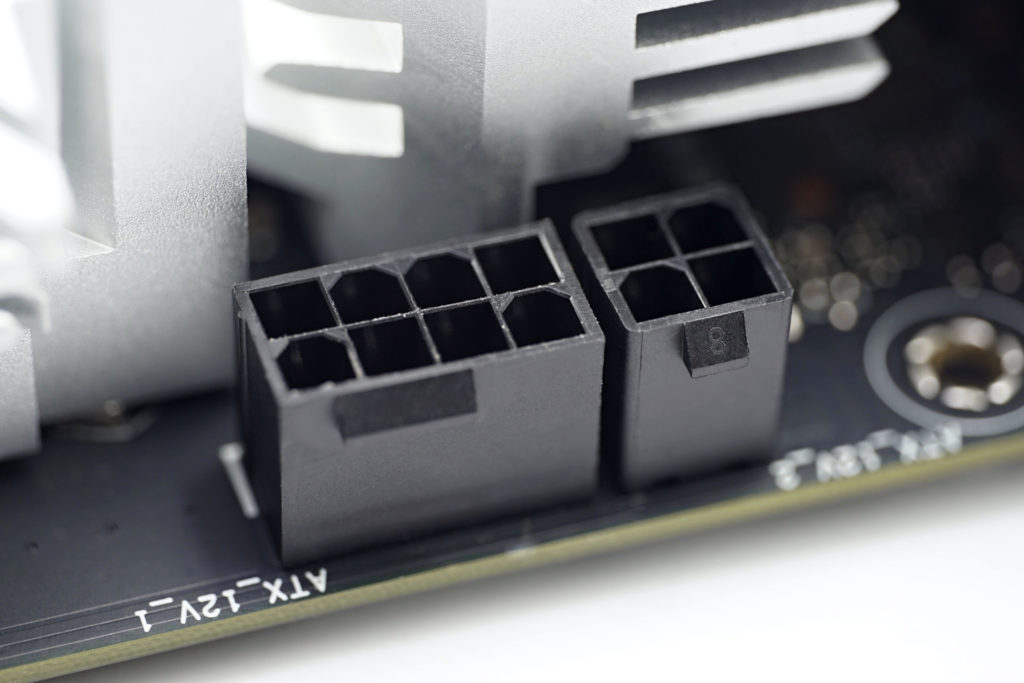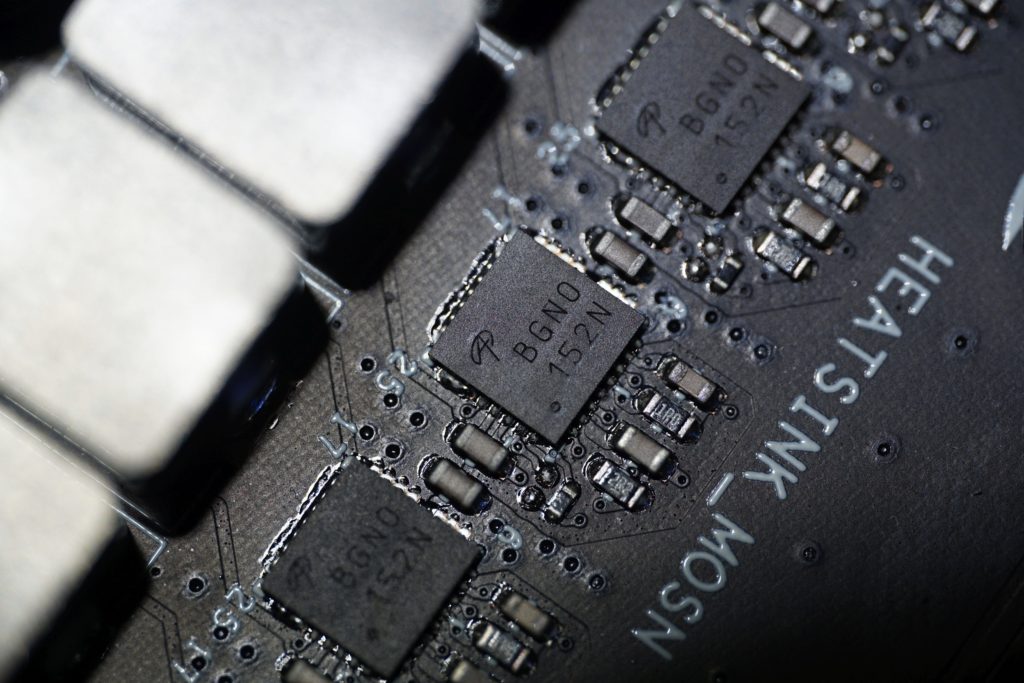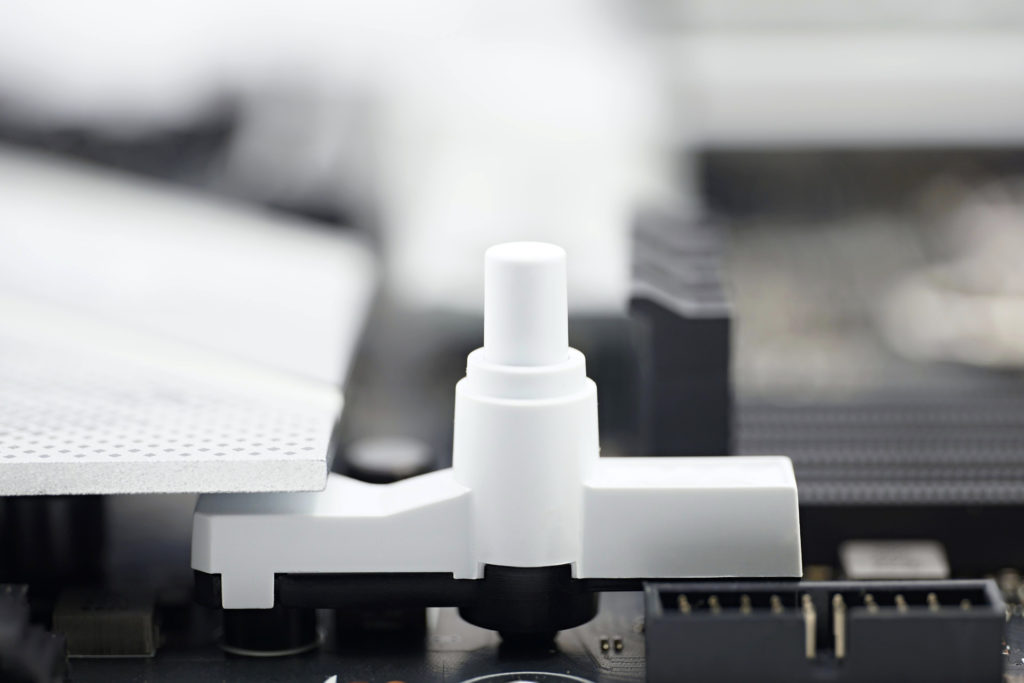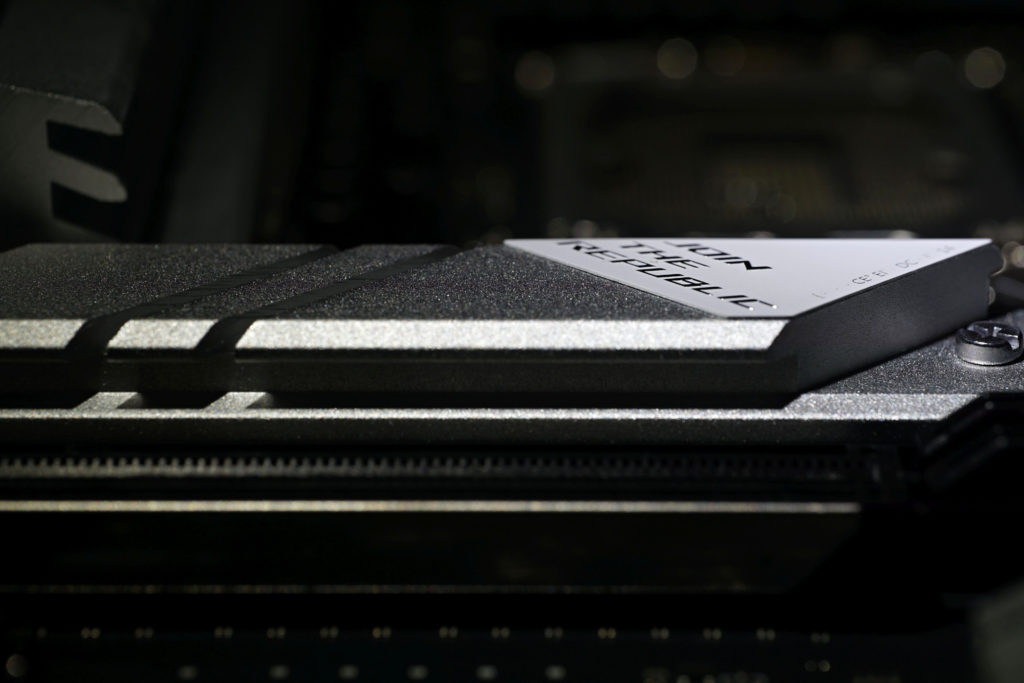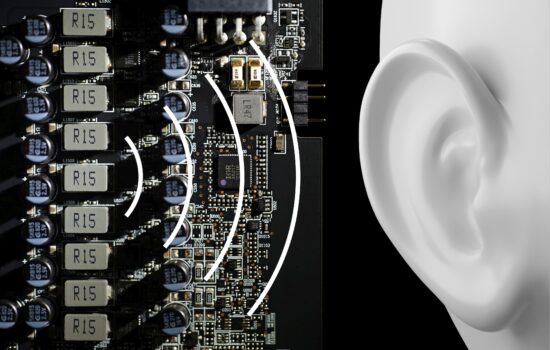Asus ROG Strix B760-A Gaming WiFi D4 in detail
After the Z790 motherboards for the Intel LGA 1700 platform, models with cheaper B760 and H770 chipsets are also coming out. In this test, we’ll take a detailed look at the Asus ROG Strix B760-A Gaming WiFi D4 motherboard, which takes full advantage of what the new chipset (B760) brings. You’ll also get a general idea of how the Core i9-13900K processor performs with DDR4 memory compared to the faster DDR5 modules.
Right from the beginning of 2023, there are not only new, lower-power Intel Raptor Lake processors with TDP of 65 W and lower (at least the Core i5-13400F and Core i3-13100F will also appear later in our benchmarks), but also motherboards that are designed primarily for them. These are equipped with Intel B760 and H770 chipsets. Motherboards with the latter chipset (H770) will probably be marginal in retail as they have been for the past years (and will find more use in OEM PCs), but the B760 is heading to the mainstream again as a cheaper alternative to the Z790 motherboards.
The main difference of the new Intel B760 chipset compared to the B660 is the support of specific PCI Express lanes. Their total number is the same (14), but in a different distribution. While the B660 chipset has more PCIe 3.0 lanes (8) than PCIe 4.0 (6), the opposite is true for B760. This chipset has up to 10 PCIe 4.0 lanes to only 4 PCIe 3.0 lanes. We’ll discuss how Asus has divided them between the interfaces on the ROG Strix B760-A board in the following text.
| Parameters | Asus ROG Strix B760-A Gaming WiFi D4 | |
| Socket | Intel LGA 1700 | |
| Chipset | Intel B760 | |
| Format | ATX (305 × 244 mm) | |
| CPU power delivery | 13-phase | |
| Supported memory (and max. frequency) | DDR4 (5333 MHz) | |
| Slots PCIe ×16 (+ PCIe ×1) | 2× (+ 2×) | |
| Centre of socket to first PCIe ×16 slot | 96 mm | |
| Centre of socket to first DIMM slot | 56 mm | |
| Storage connectors | 4× SATA III, 2× M.2 PCIe 4.0 (42–80 mm) + 1× PCIe 4.0 ×4 (42–110 mm) | |
| PWM connectors for fans or AIO pump | 7× | |
| Internal USB ports | 1× 3.2 gen. 2 type C, 2× 3.2 gen. 1 type A, 5× 2.0 type A | |
| Other internal connectors | 1× TPM, 3× ARGB LED (5 V), 1× RGB LED (12 V), 1× jumper Clear CMOS | |
| POST display | no (but has debug LED) | |
| Buttons | BIOS flashback | |
| External USB ports | 1× 3.2 gen. 2×2 type C, 1× 3.2 gen. 2 type A, 3× 3.2 gen. 1 type A, 4× 2.0 type A | |
| Video outputs | 1× HDMI 2.1, 1× DisplayPort 1.4 | |
| Network | 1× RJ-45 (2,5 GbE) – Intel I225-V, WiFi 6E (802.11 a/b/g/n/ac/ax), Bluetooth 5.3 | |
| Audio | Realtek ALC4080 (7.1) | |
| Other external connectors | – | |
| Suggested retail price | 248 EUR |
Asus ROG Strix B760-A Gaming WiFi D4
This motherboard follows up the ROG Strix B660-A Gaming WiFi D4 with it being a bit more expensive, which is understandable given the more expensive chipset. Of the Asus boards with the B760 chipset, this is the second most expensive model (only “this” board is more expensive – ROG Strix B760-A Gaming WiFi – with DDR5 memory support). First we wanted to test for you the second cheapest Asus B760 motherboard (Prime B760M-A D4), but it didn’t work out in the end, even though we had it physically in our testlab. For a detailed reason “why”, see the end of this chapter. Now, we won’t stray from the topic, from the analysis of the ROG Strix B760-A Gaming WiFi D4.
The Strix B760-A Gaming WiFi D4 motherboard is in ATX format (305 × 244 mm). Of the PCI Express slots, it physically has two long ones (“16-lane”, although the second one is only connected by four PCIe lanes) and two short slots for connecting simpler cards (e.g. network, sound or SATA controller cards, etc.). However, apart from the first PCIe 5.0×16 slot (connected to the CPU), all the others are “only” in the third generation. Asus has allocated the PCIe 4.0 lanes mainly for M.2 slots for SSDs and one lane each for connecting a 2.5 Gb network adapter (Intel I225-V) and WiFi (6E).
So all three M.2 slots (including the two that are derived from the B760 chip) are fast (PCIe 4.0), with full connectivity (four lanes), and at the same time none have shared lanes with the SATA III ports, as each of them uses its own PCIe 3.0×1 lane. The aforementioned connection of all PCI Express slots brought out of the chipset by PCIe 3.0 lanes won’t limit most users, but it’s good to keep in mind in case you’d like to install another SSD in the second slot via a PCIe card (the faster PCIe 4.0-enabled models won’t achieve maximum performance). However, such expansions are likely to be very rare, and cards other than those with fast NVMe SSDs will no longer limit this slot in any way.
CPU (and iGPU) power delivery: It’s 13-phase (12+1) with the maximum specified current capacity per phase being 50 A. In other words, the VRM is robust enough to run even the most powerful processors that can be used in this board. For higher loads with Core i9-class processors, you won’t mess anything up if you connect both power connectors (all 12-pins, i.e. both 8-pin and 4-pin) from the power supply. This way, the electric current will flow through a larger cross-section and the temperature of both the connectors and the wires themselves will be lower than if you only connect the 8-pin.
The Vcore regulators are BGNO 152N from Alpha & Omega Semiconductor; their control circuit (PWM driver) is ASP2100R.
To conveniently release the first slot latch, the board has a “Q-release” button. This is near the right edge of the motherboard’s PCB to facilitate demounting typically of a graphics card. The latter can also be easily removed from underneath the large dual-tower CPU cooler.
The SSD cooler of the first M.2 slot is a bit simpler than on the ROG Strix Z790-E Gaming WiFi board (for example, it no longer has a heatpipe), but its thermalpad holds together better and doesn’t tear anymore. And it is still a decent chunk of aluminium (54g) with a large radiation area. Its surface could have been more articulated, but the TDP is there with room to spare for even the most powerful SSDs.
The rear panel with external connectors is quite rich, it contains up to nine USB ports, two of which are Type-C (one in 20-gigabit standard 3.2 gen. 2×2, the other is slower, with 5 Gb – 3.2 gen. 1). Of the USB Type-A connectors, four are very slow (2.0 standard), but for the needs of peripherals that you have to connect somewhere, their bandwidth is sufficient in most cases (unless, for example, the keyboard has a faster USB hub built in).
Regarding video outputs, there are both DisplayPort (1.4) and HDMI (2.1). Remarkably, HDMI is not connected directly from the processor, but by the ASM1442 chip converting from DisplayPort. For Raptor Lake and Alder Lake processors, Intel advertises “HDMI 2.1” support normally, but bandwidth does not exceed HDMI 2.0 specifications, which might not apply here, and HDMI 2.1 on this board could possibly achieve higher bandwidth, limited only by DP 1.4 capabilities.
Also worth mentioning is the presence of the Realtek ALC4080 audio codec. It wasn’t that long ago that we pointed out the use of only the ALC897 chip in the significantly more expensive Gigabyte Z790 Aorus Elite AX. Of course, everyone saves on something else and considers it more important to strengthen and invest money in other aspects. In any case, the ROG Strix B760-A Gaming’s sound has a wide frequency range, is clear and can be loud because of the 120dB amplifier.
The ARGB LED elements are relatively non-violent, merely symbolic – on the cover between the VRM cooler and the external connectors, the ROG graphic logo is illuminated.
- Contents
- Asus ROG Strix B760-A Gaming WiFi D4 in detail
- What it looks like in the BIOS
- Methodology: Performance tests
- Methodology: How we measure power draw
- Methodology: Temperature and clock speed measurements
- Test setup
- 3DMark
- Borderlands 3
- F1 2020
- Metro Exodus
- Shadow of the Tomb Raider
- Total War Saga: Troy
- PCMark and Geekbench
- Web performance
- 3D rendering: Cinebench, Blender, ...
- Video 1/2: Adobe Premiere Pro
- Video 2/2: DaVinci Resolve Studio
- Graphics effects: Adobe After Effects
- Video encoding
- Audio encoding
- Photos: Adobe Photoshop, Affinity Photo, ...
- (De)compression
- (De)encryption
- Numerical computing
- Simulations
- Memory and cache tests
- M.2 (SSD) slots speed
- USB ports speed
- Ethernet speed
- Power draw without power limits
- Power draw with power limits by Intel
- Achieved CPU clock speed
- CPU temperature
- VRM temperature – thermal imaging of Vcore and SOC
- SSD temperature
- Chipset temperature (south bridge)
- Conclusion





